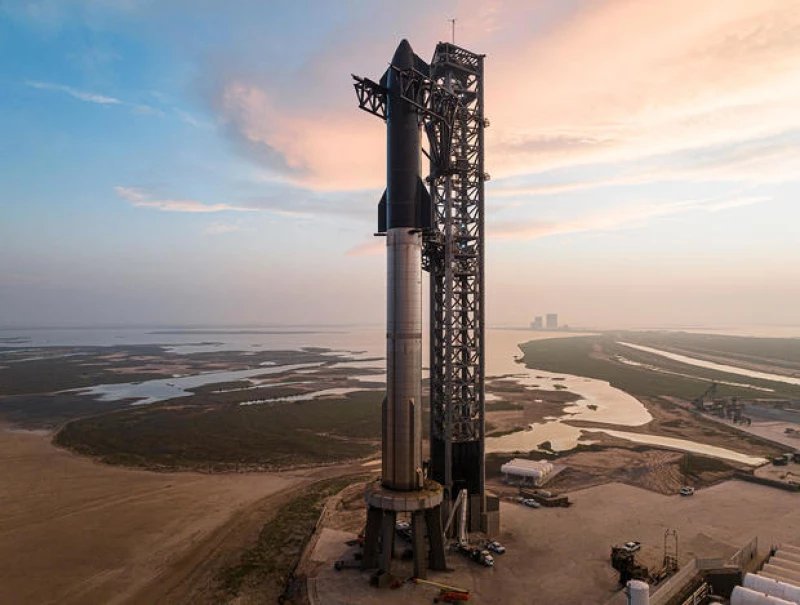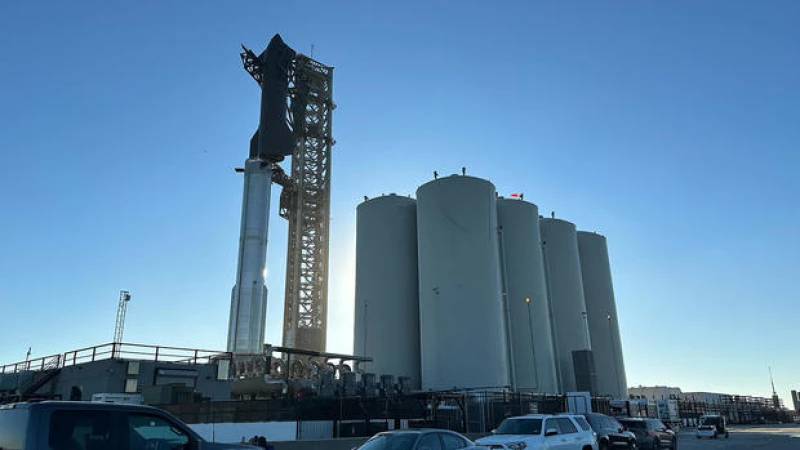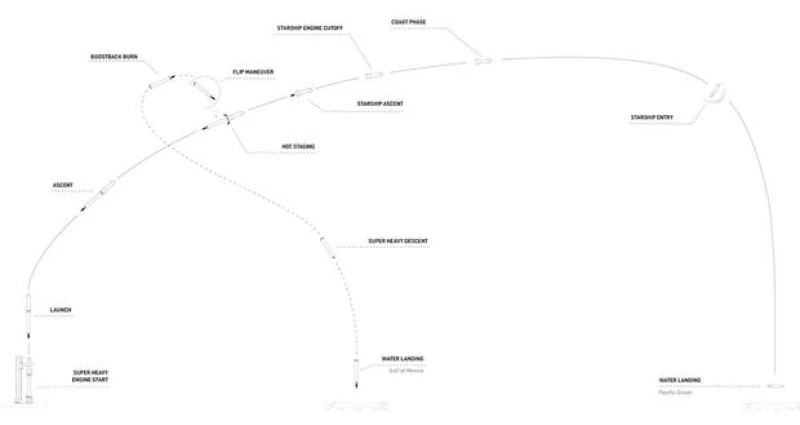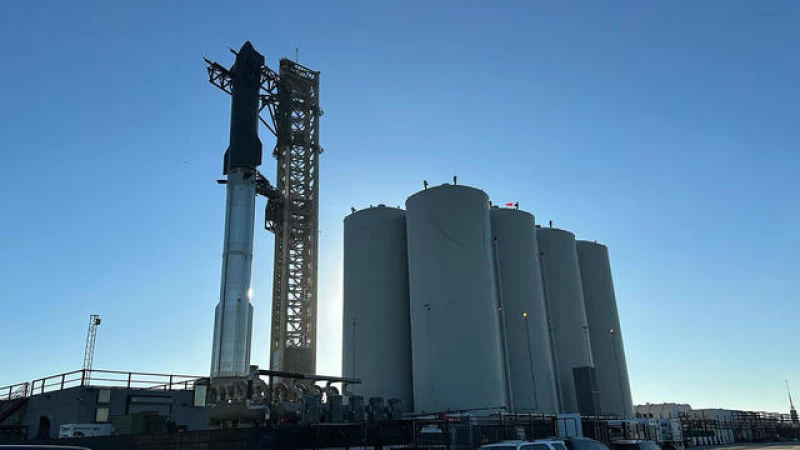SpaceX's enormous Super Heavy-Starship rocket has been approved for a second test flight on Friday. During this test, the company will attempt to launch the unmanned Starship upper stage into space for the first time, according to an announcement made by the company on Wednesday.
The necessary launch license was granted to SpaceX by the Federal Aviation Administration (FAA) on Wednesday, paving the way for liftoff. This comes nearly seven months after the rocket experienced multiple failures and exploded during its initial flight in April.
Since the failed launch, SpaceX has made more than 1,000 upgrades and improvements, as stated by company founder Elon Musk. Additionally, the company has carried out 63 FAA-mandated "corrections" to enhance flight safety and performance.

The FAA released a statement saying, "The (launch) license applies to all phases of the proposed operation. After consultation with the U.S. Fish and Wildlife Service and a written evaluation of the 2022 Programmatic Environmental Assessment, the FAA concluded there are no significant environmental changes."
The Super Heavy rocket is scheduled to take off from SpaceX's Boca Chica flight test facility on the Texas Gulf Coast at 8 a.m. EST on Friday. The launch window will remain open for two hours.
The Super Heavy-Starship is set to embark on a groundbreaking flight that will take it on a looping trajectory around the planet before re-entry and splashdown in the Pacific Ocean north of Hawaii.

With a width of 30 feet, the Super Heavy-Starship is the largest and most powerful rocket ever built. It stands at an impressive height of 397 feet and weighs over 11 million pounds when fully fueled.
The Super Heavy first stage is equipped with 33 Raptor engines, capable of generating a staggering 16 million pounds of thrust at full throttle. This is roughly twice the power of NASA's Space Launch System moon rocket, currently the world's most powerful.
A successful flight test would be a major milestone for both SpaceX and NASA. NASA has invested billions in a variant of the Starship upper stage to transport Artemis astronauts from lunar orbit to the moon's surface.
SpaceX has high hopes for the Super Heavy-Starship, as it plans to expand its constellation of Starlink internet satellites and enable low-cost government and commercial flights to the moon, Mars, and beyond.
Multiple test flights will be necessary to ensure the reliability required for astronaut flights, although the exact timeline is still uncertain.
During its maiden flight, the Super Heavy-Starship launch pad suffered significant damage. However, it has since been reinforced and equipped with a powerful water deluge system to help dampen the acoustic shock of engine ignition.
A groundbreaking "hot staging" technique has been implemented to address the issues encountered during the first flight of the Starship upper stage. Unlike the traditional method of igniting the engines after separation, the new technique involves firing the Starship's six Raptor engines while still attached to the Super Heavy first stage.
In addition to the new staging technique, the Super Heavy has been equipped with an enhanced electronic steering system to ensure precise trajectory control. The system allows for the movement, or gimballing, of engine nozzles as necessary during flight. Furthermore, the rocket's self-destruct system has been upgraded to ensure prompt activation if required.

The effectiveness of the new staging system will be tested approximately two minutes and 40 seconds after liftoff when the first stage engines begin to shut down. At this point, the Starship's six Raptors will ignite while still attached to the booster. A new vent system has been implemented to redirect the exhaust away from the first stage. Subsequently, the Starship will separate from the Super Heavy and continue its ascent into space.
Although the Super Heavy first stage is designed to be fully reusable, it will not be recovered. Instead, it will perform rocket firings to decelerate as if it were preparing for a landing, but ultimately descend tail first into the Gulf of Mexico.
The Starship's engines, meanwhile, will continue firing for another five minutes or so. Then it's expected to coast around the planet, falling back into the discernible atmosphere about one hour and 20 minutes after launch.
Like the first stage, the Starship is designed to be reusable, but no recovery is planned for this initial test flight. The trajectory will carry the Starship to a Pacific Ocean impact north of Hawaii.
As SpaceX sums up the countdown on the company's website: "Excitement guaranteed."







